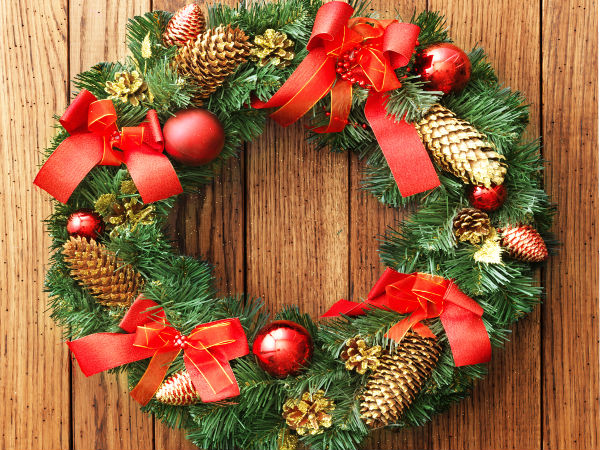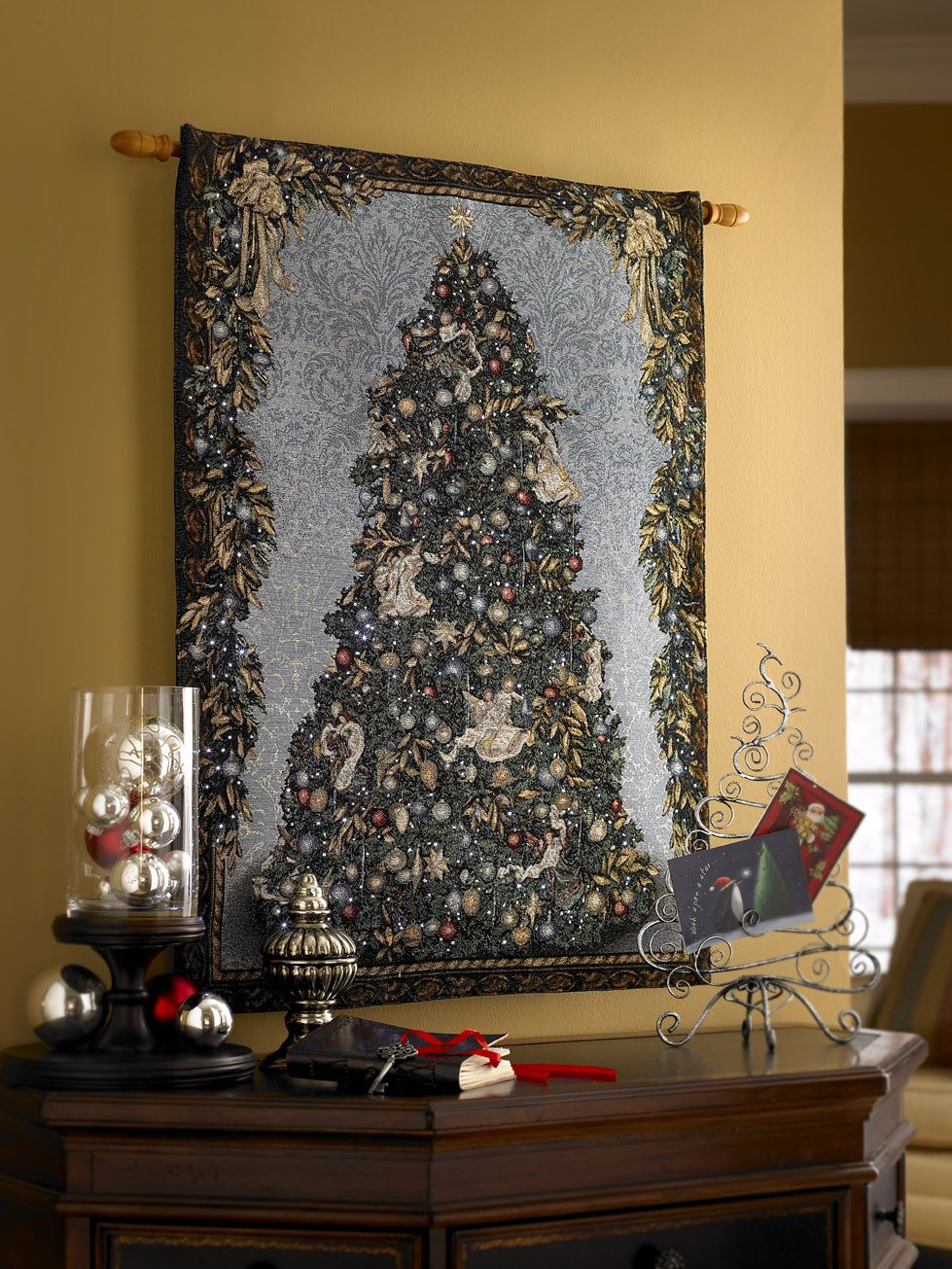A Festive Tapestry: Exploring The Art And Significance Of Christmas Wreath Ornaments
A Festive Tapestry: Exploring the Art and Significance of Christmas Wreath Ornaments
Related Articles: A Festive Tapestry: Exploring the Art and Significance of Christmas Wreath Ornaments
Introduction
With great pleasure, we will explore the intriguing topic related to A Festive Tapestry: Exploring the Art and Significance of Christmas Wreath Ornaments. Let’s weave interesting information and offer fresh perspectives to the readers.
Table of Content
A Festive Tapestry: Exploring the Art and Significance of Christmas Wreath Ornaments

The Christmas wreath, a circular symbol of life and eternity, has long been a cherished tradition, adorning homes and signifying the joyous spirit of the season. Within this festive circle, a vibrant array of ornaments finds its place, each contributing to the overall aesthetic and symbolic meaning. These ornaments, ranging from classic baubles to intricate handcrafted pieces, are more than just decorative elements; they are miniature works of art that encapsulate the spirit of Christmas.
The Evolution of Christmas Wreath Ornaments
The history of Christmas wreath ornaments is intertwined with the evolution of the Christmas tree itself. While the tradition of decorating evergreen trees dates back to ancient times, the use of ornaments on Christmas wreaths emerged later, likely in the 19th century. Early ornaments were often simple and homemade, crafted from materials readily available, such as dried fruits, nuts, and paper.
As the Victorian era blossomed, so did the popularity of Christmas decorations. Glass ornaments, initially imported from Germany, became increasingly common, showcasing intricate designs and vibrant colors. This era also saw the introduction of more elaborate ornaments, incorporating materials like metal, wood, and even porcelain.
A Symphony of Materials and Styles
The beauty of Christmas wreath ornaments lies in their diversity. From the classic glass baubles to the intricate handcrafted creations, each ornament tells a story, reflecting the creativity and artistry of its maker.
Glass Ornaments: These remain a timeless staple, their smooth surfaces reflecting the twinkling lights of the season. They come in a wide range of shapes, sizes, and finishes, from simple spheres to intricate designs incorporating frosted, glittered, or metallic accents.
Wooden Ornaments: With their natural warmth and rustic charm, wooden ornaments offer a unique aesthetic. They can be painted, carved, or left in their natural state, showcasing the beauty of the wood grain.
Fabric Ornaments: These provide a soft, tactile element to the wreath, often incorporating traditional Christmas motifs like snowflakes, stars, or reindeer. They can be created using a variety of techniques, such as quilting, applique, or embroidery.
Metal Ornaments: Metal ornaments, often made of silver or gold, add a touch of elegance and sophistication. They can be shaped into intricate designs, such as bells, stars, or angels, or left in their simple, polished form.
Handmade Ornaments: The beauty of handmade ornaments lies in their unique character and personal touch. They can be created using a variety of materials, from recycled paper and fabric scraps to natural elements like pinecones, berries, and dried flowers.
The Symbolic Significance of Christmas Wreath Ornaments
Beyond their aesthetic appeal, Christmas wreath ornaments often carry symbolic meaning.
The Christmas Star: A symbol of the star of Bethlehem that guided the Wise Men to the birthplace of Jesus.
The Bell: Represents the joy and celebration of the season, often associated with the ringing of church bells announcing Christmas.
The Angel: Symbolizes peace, hope, and the divine presence of God.
The Snowflake: A reminder of the winter season and the beauty of nature.
The Reindeer: Associated with Santa Claus and his magical journey delivering gifts.
The Ribbon: Represents the spirit of giving and the joy of sharing.
Designing a Christmas Wreath with Ornaments
Creating a beautiful and meaningful Christmas wreath is an art form in itself. Here are some tips for incorporating ornaments into your wreath design:
1. Choose a Theme: Consider a theme that resonates with your personal style and the overall aesthetic of your home. Popular themes include traditional, rustic, modern, or whimsical.
2. Select a Variety of Ornaments: Mix and match different shapes, sizes, materials, and colors to create visual interest.
3. Balance and Harmony: Ensure that the ornaments are distributed evenly throughout the wreath, creating a balanced and harmonious look.
4. Consider the Color Palette: Choose colors that complement each other and create a festive atmosphere. Classic Christmas colors like red, green, gold, and silver are always popular, but feel free to experiment with other hues.
5. Add Personal Touches: Incorporate ornaments that have personal significance, such as family heirlooms, handmade creations, or ornaments representing special memories.
6. Embrace the Unexpected: Don’t be afraid to break from tradition and incorporate unique and unexpected elements, such as vintage ornaments or handcrafted pieces.
7. Lighting Effects: Enhance the beauty of your wreath by incorporating lights. String lights can be woven through the greenery or placed strategically around the ornaments.
FAQs about Christmas Wreath Ornaments:
1. How many ornaments should I use on a Christmas wreath?
The number of ornaments depends on the size of the wreath and your personal preference. A general guideline is to use enough ornaments to cover the wreath without overcrowding it.
2. How do I attach ornaments to a Christmas wreath?
Ornaments can be attached using wire, ribbon, hot glue, or ornament hooks. The method you choose will depend on the type of ornament and the material of the wreath.
3. Can I use any type of ornament on a Christmas wreath?
While traditional Christmas ornaments are popular, you can use any type of ornament that complements the style of your wreath. Consider incorporating vintage ornaments, handmade creations, or even natural elements like pinecones or berries.
4. How do I store Christmas wreath ornaments after the holidays?
Store ornaments in a cool, dry place, preferably in their original boxes or in a padded container. This will help protect them from damage and dust.
5. What are some unique ideas for Christmas wreath ornaments?
Unique Christmas wreath ornaments can be made from a variety of materials, such as:
- Recycled materials: Paper, cardboard, fabric scraps, and bottle caps can be transformed into creative ornaments.
- Natural elements: Pinecones, berries, dried flowers, and twigs can add a rustic touch to your wreath.
- Personalized ornaments: Create ornaments with family photos, initials, or special messages.
Conclusion
Christmas wreath ornaments are more than just decorative elements; they are miniature works of art that embody the spirit of the season. They offer a glimpse into the history of Christmas traditions, showcase the creativity of their makers, and provide a platform for personal expression. By carefully selecting and arranging ornaments, you can create a festive tapestry that reflects your unique style and celebrates the joy of the holiday season.








Closure
Thus, we hope this article has provided valuable insights into A Festive Tapestry: Exploring the Art and Significance of Christmas Wreath Ornaments. We appreciate your attention to our article. See you in our next article!
Leave a Reply